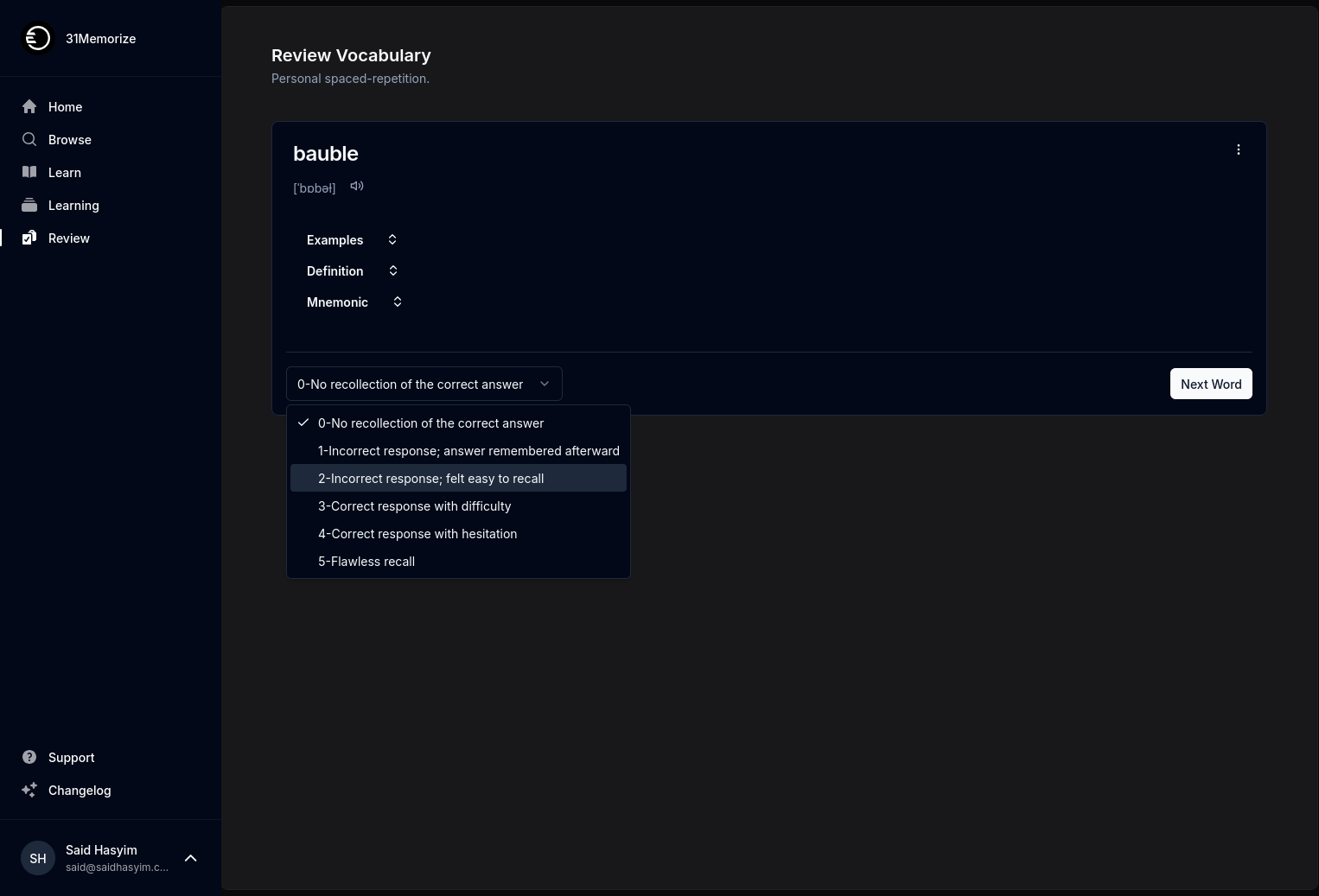Enhancing Reader Experience with Feedback
In the digital age, the relationship between content creators and their audience has never been more interactive. It is not enough to merely produce content and hope it resonates with readers; understanding their feedback is crucial to enhancing the overall reading experience. In this blog post, we will explore the importance of feedback in content creation and offer strategies to effectively gather and implement reader input.
The Importance of Reader Feedback
Feedback serves as a bridge between content creators and their audience, offering insights that can profoundly impact the direction of content development. Here are several reasons why feedback is paramount:
1. Understanding Reader Needs and Preferences
Every reader has unique interests, needs, and expectations. Gathering feedback allows you to tap into what your audience truly wants, enabling you to tailor your content to better serve them. Understanding their preferences can also help you identify topics that resonate more strongly, which is invaluable for increasing engagement.
2. Enhancing Content Quality
Constructive criticism from readers can point out areas for improvement. Whether it's clarity, depth of information, or writing style, feedback provides you with specific guidance on how to elevate the quality of your content. By regularly integrating reader input, you foster an iterative improvement process.
3. Fostering a Sense of Community
Encouraging feedback creates a two-way dialogue between content creators and their audience. This interaction fosters a sense of community, leading readers to feel more connected to both the content and the creator. A reader who feels valued for their opinion is more likely to become a loyal follower.
4. Increasing Reader Engagement
When readers see that their feedback is taken seriously, they are more likely to continue engaging with the content. This ongoing interaction can lead to higher retention rates and increase the likelihood that readers will share your work with others.
Ways to Gather Reader Feedback
The next step in enhancing the reader experience is effectively gathering feedback. Here are several strategies to consider:
1. Surveys and Questionnaires
Creating simple surveys or questionnaires is one of the most effective ways to gather structured feedback from your audience. These can include multiple-choice questions, ratings, or open-ended questions that allow readers to express their thoughts in detail. Tools like Google Forms or SurveyMonkey can make this process seamless.
2. Feedback Forms
Incorporating feedback forms directly into your content can provide immediate avenues for readers to share their opinions. Placing a form at the end of a blog post or article encourages readers to reflect on what they’ve just consumed and share their thoughts in real-time.
3. Comments Section
A comments section is a classic but powerful tool for fostering reader interaction. Engaging with readers in this space not only allows you to receive feedback but also shows that you value their thoughts and encourage discussion among your audience.
4. Social Media Interactions
Social media platforms can serve as valuable channels for gathering feedback. Running polls, asking questions, or even hosting live Q&A sessions can facilitate immediate and spontaneous responses from your audience, helping you gain insights into their preferences and opinions.
5. Email Newsletters
Incorporating feedback requests into your email newsletters is another way to stay in touch with your readers while seeking their input. Encourage recipients to reply to your emails with their thoughts or include a simple survey link for feedback.
Implementing Feedback
Once you’ve gathered feedback, the next critical step is to implement it effectively. Here’s how to turn insights into action:
1. Analyze Feedback Trends
Review the feedback collected to identify common themes or trends. Are multiple readers pointing out the same issue, or suggesting similar improvements? Taking note of these trends helps prioritize which adjustments to make first.
2. Acknowledge Reader Contributions
Recognize and appreciate the feedback you receive. Whether through a simple thank-you note or by publicly addressing comments in your content, acknowledging reader contributions fosters goodwill and encourages more feedback in the future.
3. Communicate Changes
When you make adjustments based on feedback, inform your audience. Share the changes in your content and explain how their suggestions were incorporated. This transparency highlights your commitment to improving the reader experience, which can deepen loyalty and engagement.
4. Iterate Continuously
Feedback should not be a one-time effort. Create a culture of continuous improvement by regularly seeking input and iterating on your content. This ongoing process will help you stay responsive to your readers’ evolving needs.
Conclusion
Enhancing the reader experience through feedback underscores the importance of building a collaborative relationship with your audience. By actively seeking, analyzing, and incorporating feedback, content creators can improve the quality of their work, increase engagement, and foster a sense of community. Embrace the power of feedback, and you’ll not only enhance the reader experience but also enrich your growth as a content creator.
In an era where readers crave personalized experiences and meaningful connections, listening to their voices is more crucial than ever. Fill the digital space with content that connects, inspires, and resonates. Be the creator who makes readers feel valued, heard, and part of something larger. Their feedback can guide you on that journey.
